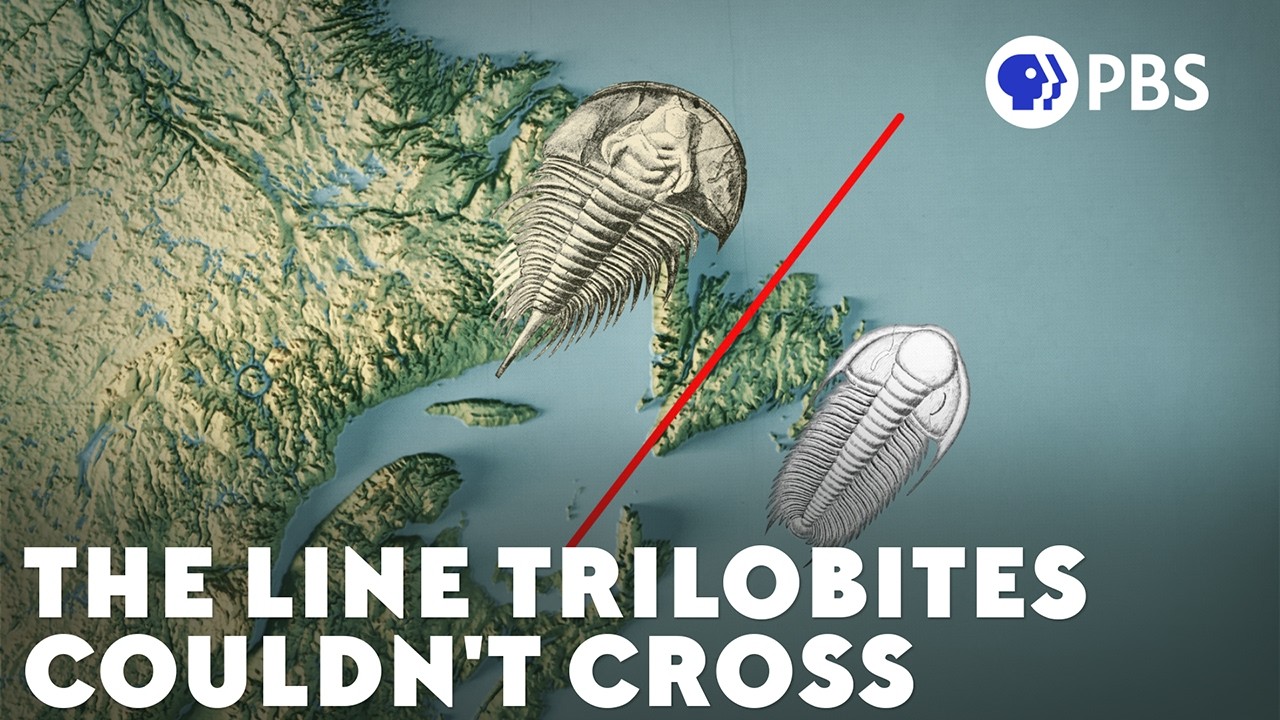There’s An Invisible Ocean Between These Fossils

We know more about the universe around us than we do about the oceans themselves. It wasn’t until the 1950s that scientists used sonar to map the Atlantic Ocean floor and discovered a series of seamounts – a site of constant volcanic and earthquake activity.
This was crucial evidence supporting the theory of continental drift, suggesting that the Atlantic Ocean has been expanding steadily since the Triassic period, some 230 million years ago.
However, it seems that the story doesn’t end there. Tiny fossils like trilobites – creatures that live on the seafloor – reveal that such ocean expansion has happened before. And this century-old story began in 1888 in Newfoundland, Canada, where paleontologist Charles Doolittle Walcott studied shallow-water trilobites.
Walcott found that the trilobites in eastern Newfoundland were very different from those in western Newfoundland, which was strange because the two areas should have had similar mixing environments.
The differences were so pronounced that he divided them into two “fossil communities”: Atlantic and Pacific, separated by a line down the middle of the island. Scientists later found similar patterns in England, Scotland, Norway, and elsewhere.
Initially, it was thought that an ancient oceanic abyss might have separated these areas, but then disappeared. Things changed when Alfred Wegener’s theory of continental drift was reexamined in 1912. Although initially dismissed, in the 1940s, John Tuzo Wilson reexamined the evidence from the trilobite fossils and found that the Newfoundland separation zone contained layers of compressed and deformed rock—signs of a major continental collision.

This suggests that the two groups of creatures lived on different shores, once separated by a deep ocean called the Iapetus, which closed over time. What remains is the Iapetus suture – a compressed area of rock that shows where the old ocean once stood. Strangely, the Atlantic Ocean today opens right on that suture.
In 1966, Wilson proposed a bold hypothesis: the Atlantic Ocean once closed and then opened again. This gave rise to one of the core theories of plate tectonics – the Wilson Cycle.
It describes how oceans open, close and reopen along old collision boundaries. This process involves eight stages: from continental crust stretching, rift formation, flooding, forming a young ocean like the Red Sea, then maturing into the present-day Atlantic, until the formation of a subduction margin, ocean closure, mountain building and stabilization.
But why do new oceans often open up at old seams?
Because these are weaker than the rest of the continental crust, and are where hot material from the mantle is more likely to push upward. This explains why the Atlantic Ocean opened up along the old Iapetus Line.
Today, places like the Rio Grande Rift in the US, the East African Rift Valley, and the rift system in China are in different stages of the Wilson Cycle. And with this knowledge, we can look back to the past to predict the future of the ocean. Changes in the shape of the ocean over time affect tides, currents, and climate – all key factors in the evolution of life.
Trilobites felt the effects of the Wilson Cycle hundreds of millions of years ago – and now the inhabitants of the Atlantic Ocean will be the next to experience the ocean’s circulation.








